In the second last article I mentioned that I was writing a series based on my presentation at the Nationalist Media Conference. I didn’t want to say anything, because I’ve learnt to grasp things quite loosely, but I did have someone who was present at that conference reach out to me and offer to help create art.
I’ve said before that this game, being true top down, has relatively unique art demands. There are almost no 2D games that are made in this style. The only three that I can think of are Geometry Wars, Hotline:Miami, and Intravenous 2.
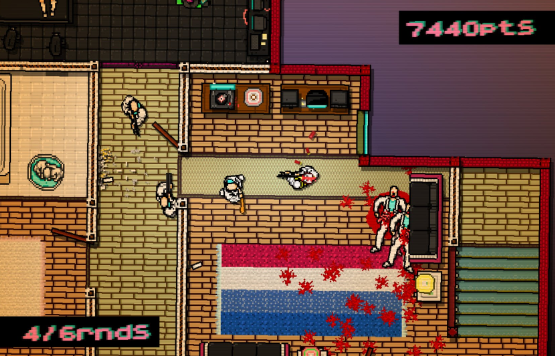
Hotline:Miami
There are a great many disadvantages to this perspective. No matter how talented the artist, there’s only so much that you can do with a top down perspective. For example, here’s a perfectly square box looked at from bird’s eye perspective.

Below we see the same box in an isometric perspective. Even a programmer with no artistic talent, me, was able to show the box as opened or closed, by adding or removing one line.
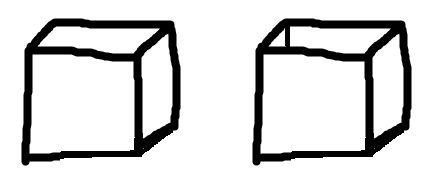
There are many objects that are visually illegible from a true top down perspective. A talented artist would often need to creatively add details just to convey to the audience what they’re looking at. Only after that difficult process can aesthetic concerns be entertained.
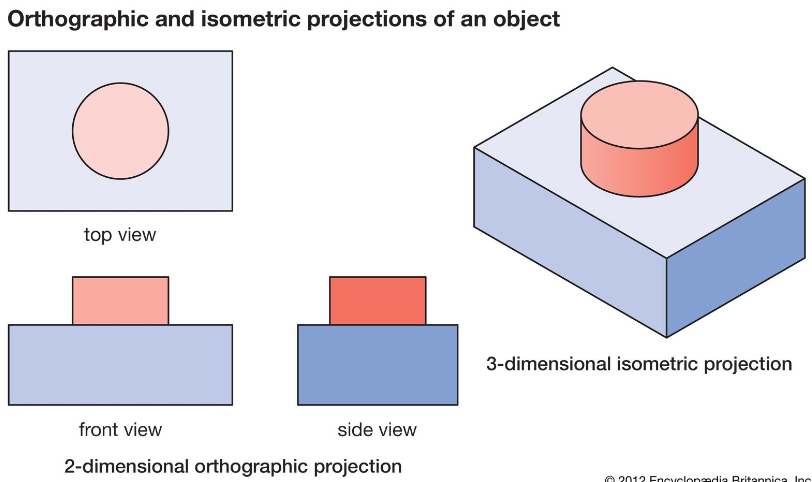
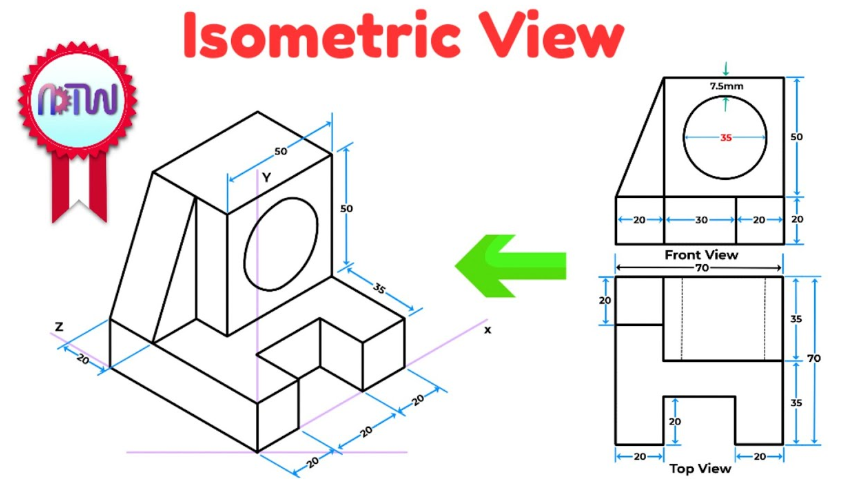
In the end, you’re never getting something that looks like this with a top down perspective.
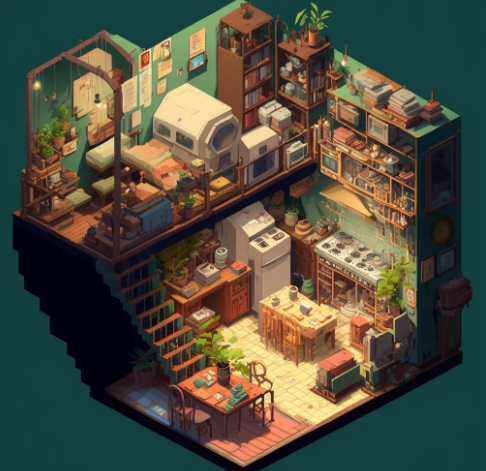
However, these problems also exist for side-view games. Despite this, every serious 2D platformer sticks to this perspective, because finely controlling your character with an isometric perspective would be impossible. It’s not a question of want, the games just don’t work with that perspective. Regardless, appealing visuals are possible.

It is no coincidence that all three aforementioned top-down games, Geometry Wars, Hotline:Miami, and Intravenous 2, are, alongside Escape From Epstein Island, shooters. These games fundamentally do not work when the characters do not rotate smoothly.
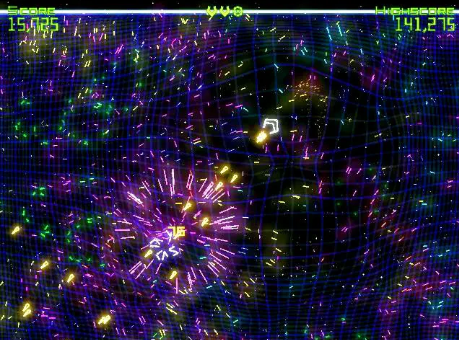
Geometry Wars
This is not theoretical. In the video below you can see a long-since discarded implementation of “snapping” actors to one of the eight cardinal directions. Programmatically, this is not overly difficult, but the discrepancy between where the player character is looking and where they are shooting feels incredibly weird. It’s even worse with the enemies, since you lose vital information in terms of where they are looking/about to shoot. No amount of quality art can fix this fundamental problem.
Again, that’s why, despite the limitations, top down 2D shooters usually opt for that true bird’s eye perspective. It works.
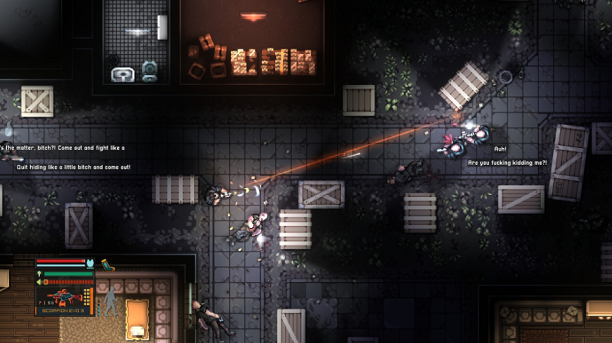
Occasionally you’ll get a twin stick shooter that uses a slanted perspective. Those are made in 3D, where they don’t need to create a new sprite for every possible angle that the player could be looking at them. I’m skeptical as to how much that complicate aiming, but more importantly, that’s not in the realm of practicality in terms of budget.
However, it’s not all doom and gloom. There is certainly one massive advantage to this true top down perspective, which is that we need far less artwork. We don’t need to create a three frame animations for all eight directions, we just do it once.
On top of all that, I happen to think that the visual downsides of this perspective may be overblown. Yes, I am saying this as a programmer, but hear me out. It’s true that if all the characters are standing perfectly upright, it’s difficult to make anything interesting, but people lean over when running, punching, kicking, or doing just about anything, and this can and should be exaggerated.
2D platformers face a similar problem. It’s difficult to make a character look all that interesting directly from the side, which is why artists give them a fashionable rotation.
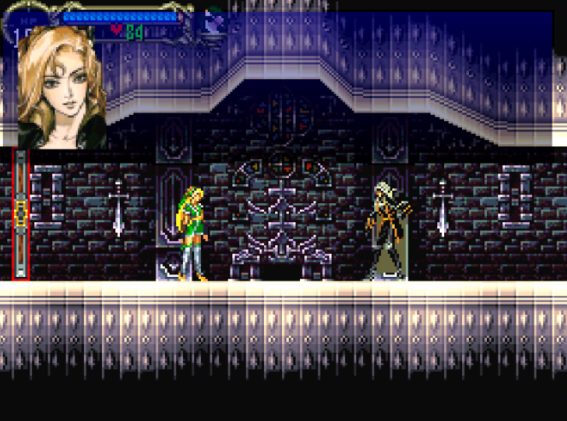
The above screenshot is from Castlevania: SOTN, and all the enemies in that game must have a striking coach in their ears at all times, because they make sure to really put their hips into everything. Must be for the extra power, and not so that the artists can show a dimensionality that the side perspective naturally lacks.
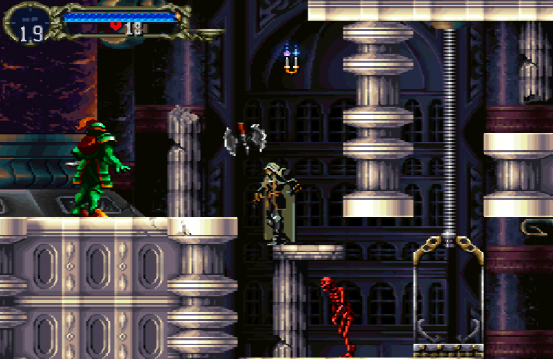
And boy does the player character really throw his shoulders into… walking.
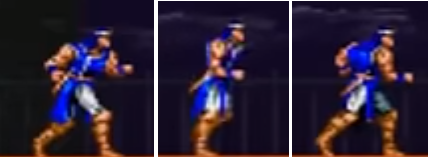
Yes, this is the walk animation for Richter. Here’s the slide.
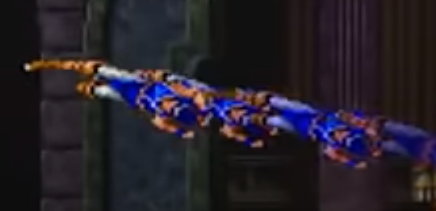
Incidentally, I think that a trail of repeating sprites is a technique I’ll be adopting for a variety of purposes. However, the point I was making was that side scrolling platformers have figured out how to mitigate the inherent weaknesses of the side view by massively exaggerating z axis rotation in the artwork, and I certainly hope that the same is true for the top view art along the x axis.
Anyway, that was a very long preamble before getting into the big announcement, which is that I have received and implemented the first bit of real art into the game. Below we see the prototype walk animation for the (P)redditor.
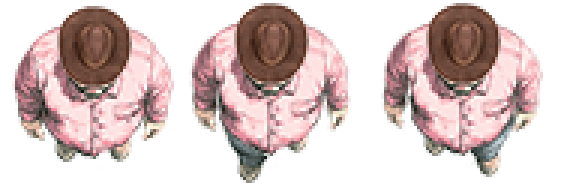
Of course, these assets were made at 64×64 resolution and were never supposed to be blown up like this. They were also created more as experiments to flesh out our asset pipeline, figure out animation programming, and hammer out any disagreements WRT future art plans. However, I think it looks pretty great regardless, and it’s exciting to have it in the game.
You can see what it looks like in motion below.
Switching topics entirely, commenter “Octopus Complex” and I had independently come up with another idea to save the concussion grenade. Don’t instantly throw the grenade when the throw grenade button is pressed. Instead, throw the grenade on the button’s release. What this does is enable us to change the grenade, should the player continue holding down the button, into a concussion grenade.
I really don’t have too much to say about that one. I was a bit worried about the second type of grenade coming out too slowly, or too quickly and making it a pain in the ass to throw the regular grenade, but it just worked.

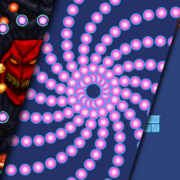

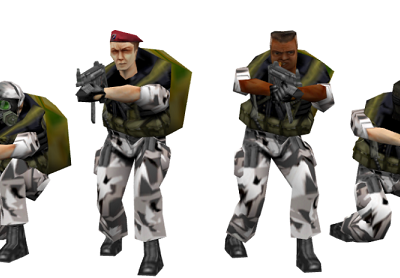

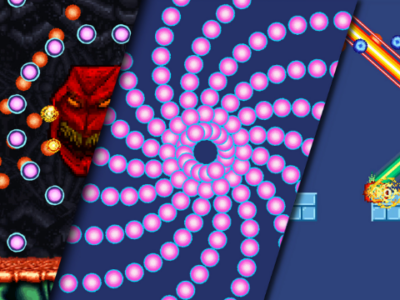
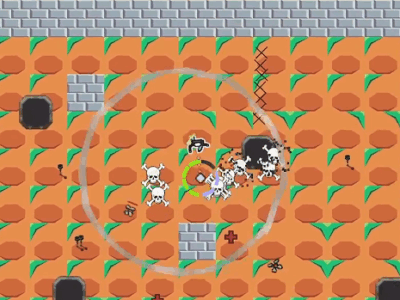
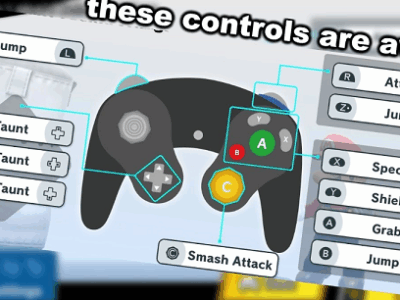

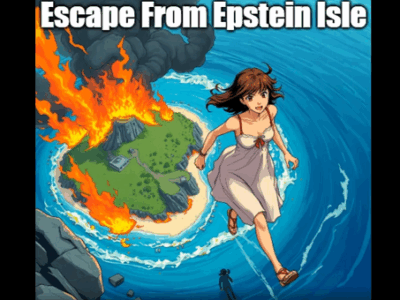
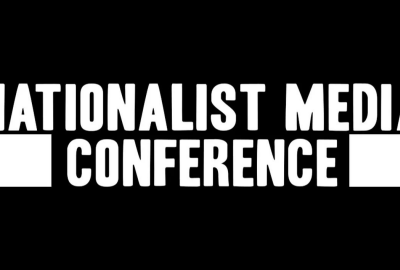

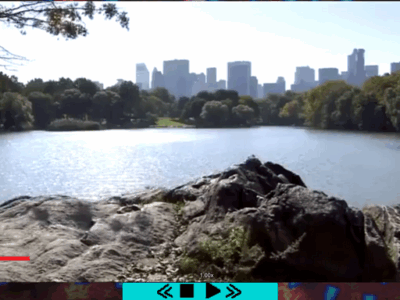


Excellent, glad that it worked, and with minimal pain, even better.